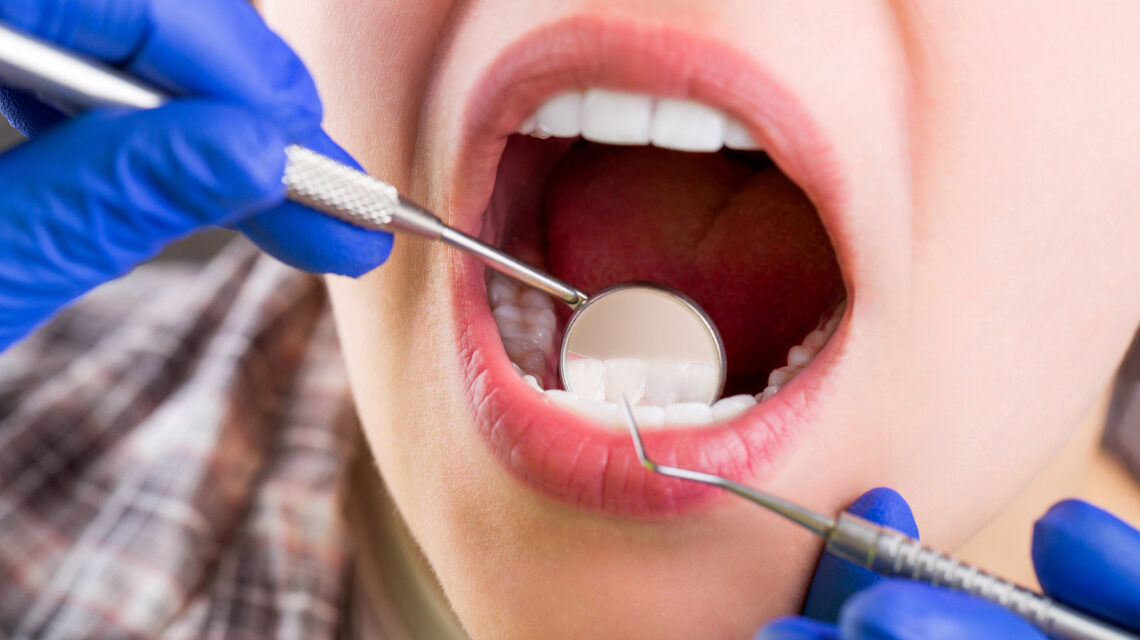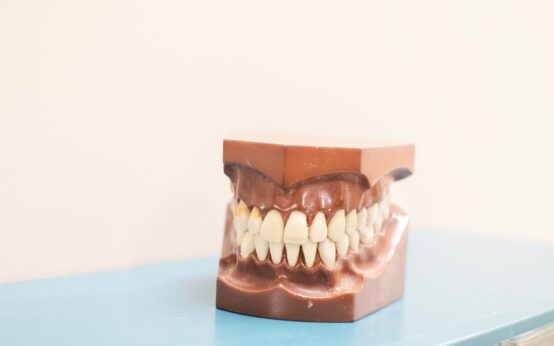If you're worried about periodontal disease, you've probably considered having a professional cleaning. But how much do they cost? What are the benefits? Read on to find out! Also, read about the cons and costs of this treatment. Choosing a dentist that offers periodontal cleaning services is one of the best ways to protect your oral health. Regardless of your situation, periodontal cleanings are beneficial to your overall health.
Table of Contents
Symptoms of periodontal disease
Early symptoms of periodontal disease are not observable until the infection reaches the bone. If the gum tissue is not cleaned properly, the infection may be hidden and cause the teeth to loosen and even move. Moreover, the presence of a discharge or pus in the gums is another sign. In severe cases, you may need invasive dental procedures. Fortunately, early treatment is still possible.
If you do not practice proper oral hygiene, you will develop gingivitis. This is a milder version of periodontal disease. Bacteria in plaque irritate your gum tissue. The gums become red and bleed easily. In more severe cases, the gums may recede and cause your teeth to appear longer than they really are. Abscesses may cause serious problems such as bone loss.
In addition to poor oral hygiene, smoking increases your risk of developing periodontal disease. The bacteria from your gums can easily spread into your airways, increasing your risk of respiratory diseases like pneumonia and emphysema. You may also be at risk for premature delivery. The bacteria from periodontal disease may trigger your immune system to trigger diseases such as autoimmune conditions. Even if you have never been diagnosed with periodontal disease, you should go to your dentist regularly for a checkup and cleaning.
It is important to maintain proper oral hygiene for as long as possible after undergoing a periodontal cleaning. If you do develop periodontitis, it is important to seek dental care as soon as possible. Early treatment can reverse the damage done to your gums. Visit the Mayo Clinic for free health information and expert advice on managing your health. To avoid periodontal disease, brush your teeth at least twice a day and floss daily.
Treatment
Regular cleaning is sufficient for most people who don't have gingivitis or periodontal disease. Those with receding gums or bone loss will likely require periodontal cleaning treatment. During a routine cleaning, your dentist will remove soft plaque, tartar, and minor stains from your teeth. Generally, professional cleaning is necessary about two or three times per year. However, if you have any of the above conditions, you will need a more thorough cleaning.
Regardless of the cause of your gum disease, you should seek professional help for periodontal disease. Regular cleanings can help temporarily cover symptoms, but they cannot stop the disease from progressing. Periodontal cleaning is a more thorough and intensive procedure that addresses the root cause of the disease. Your dentist will first diagnose your condition. This will involve an oral examination, measurements of the gum attachments, and a series of dental x-rays.
A periodontal cleaning treatment involves the use of special tools and procedures. These include scaling and root planning. These procedures remove plaque and tartar deposits and reduce the depth of pockets. The treatment is effective in most cases, but you may need to undergo it more than once. But if you're interested in preventing and treating periodontal disease, these methods are definitely worth considering. There are many benefits to undergoing this procedure.
During this procedure, your dentist will use specialized tools to clean your teeth. These tools include hand scalers and curettes. Ultrasonic scalers, on the other hand, use vibrations to break up plaque and tartar. These tools help remove plaque and tartar from below the gum line and flush it out. A patient will experience no numbness during this procedure, but they will feel a difference between the sides of their teeth that are clean and the ones that are not.
Costs
The costs of periodontal cleaning vary from about $140 to $300, depending on the dentist and the location of the office. While regular cleanings are usually free, deep cleanings can run from $140 to $300. Afterward, patients can eat and drink normally. A deep cleaning may also involve some bleeding, but most people can return to work and do normal activities the same day. The cost of periodontal maintenance cleanings will vary depending on the extent of periodontal disease and the dentist's reputation.
The first step of a periodontal cleaning procedure is root planing and scaling. These procedures typically cost anywhere from $40 to $300 per quadrant. Antibacterial irrigation may also be needed and adds an additional $30-90 per tooth. Oral antibiotics are another additional expense but are generally covered by dental insurance. Once you have had your cleanings, the costs can be quite affordable. In addition, some dentists offer discount coupons for new patients.
Regular dental cleaning appointments should be scheduled once every three to four months. Most insurances will cover only one or two quadrants per visit, so it's important to make appointments as scheduled to save money. Additionally, a deep cleaning may include medications and time-release antibiotics. A dental insurance policy may also be worth considering, as it can be more affordable than paying out-of-pocket for multiple deep cleanings each year.
The costs of dental cleaning depend on the type of cleaning needed, geographic location, and dentist's salary. You may be able to get a dentist's office to perform a deep cleaning for you, but the price may still be too high. However, this service will reduce your risks of suffering from oral diseases and tooth loss. By keeping your mouth clean, you can keep your mouth free from harmful bacteria that may cause further problems.
Cons
A dental deep cleaning is one option for treating gum disease. This procedure also called scaling and root planing removes plaque from the gums. This plaque builds up on the teeth over time, often from food and beverages. In addition to brushing and flossing your teeth regularly, plaque can also harbor bacteria, causing inflammation. If left untreated, plaque can lead to gum disease. If you don't have the time to regularly brush and floss your teeth, a dentist will perform a periodontal cleaning.
Scaling and root planing
When your periodontist performs a scaling and root planing procedure, they remove tartar and plaque from the roots of your teeth. They also smooth the root surface to promote healing. Both of these procedures remove the stimulus that causes gum disease and may prevent the development of loose teeth. In addition, these procedures can make your teeth and gums look healthier and reduce the risk of periodontal disease. In order to maximize the benefits of these procedures, you need to practice meticulous oral hygiene at home. Flossing twice a day will help prevent plaque from attaching to your teeth and causing problems.
After undergoing scaling and root planing, you may experience some discomfort after the procedure, but this is usually minor compared to other dental procedures. If you have any bleeding or soreness in your mouth, you can take antibiotics to reduce the risk of infection. During your follow-up visit, your gums will return to a pink color, and the pockets around your teeth will shrink. However, if your pockets remain deep or if your gums are infected, your dentist may recommend additional treatments, including surgery.
The first step in this process is to determine if you have gingivitis. Gum disease is the most common cause of tooth loss and is often accompanied by bleeding gums. This treatment may be necessary to restore the health of your gums and prevent the loss of your teeth in the future. It may involve multiple visits. However, the results of this treatment are well worth the time and expense.
Sources:
- https://www.dentalfind.com/info/how-much-does-dental-cleaning-cost
- https://www.healthline.com/health/dental-and-oral-health/deep-teeth-cleaning#1
- https://www.webmd.com/oral-health/qa/what-is-a-deep-cleaning-for-teeth
- https://www.mayoclinic.org/tests-procedures/scaling-and-root-planing/about/pac-20384610



 The Cost of Periodontal Cleaning
The Cost of Periodontal Cleaning